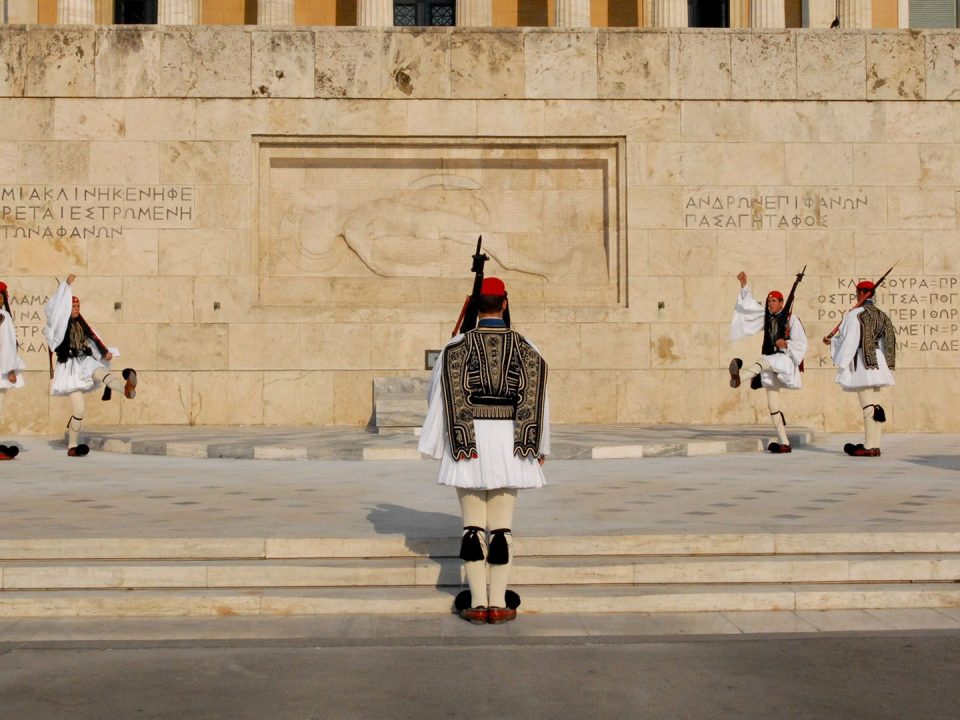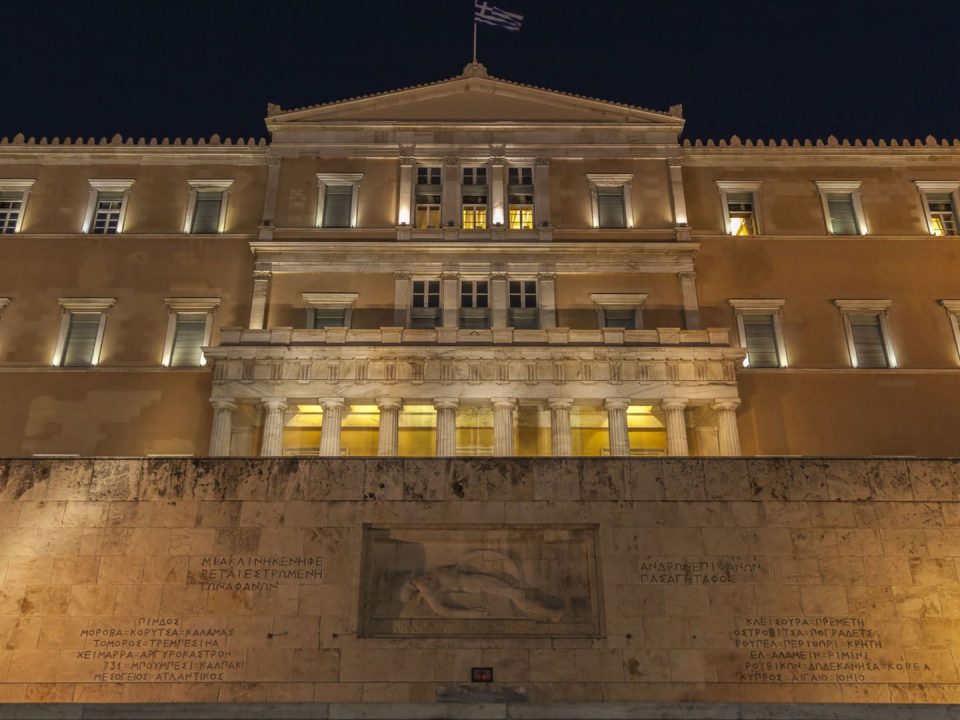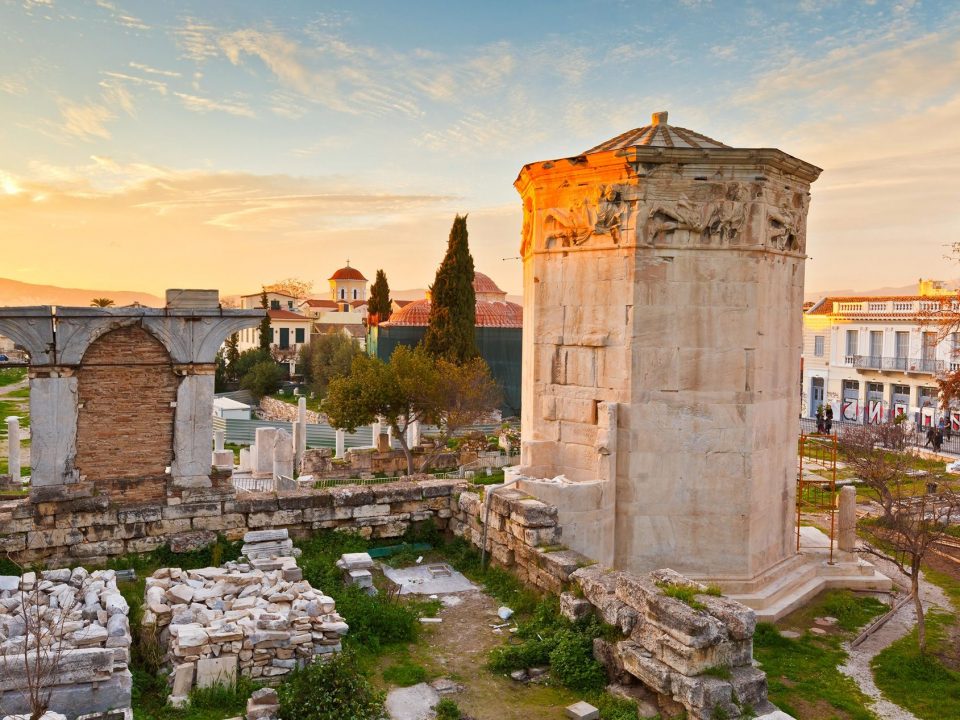Built in the late 19th century, the presidential residence was originally intended to be used as the residence of Prince Constantine.
02/11/2017
Built in the late 19th century, the presidential residence was originally intended to be used as the residence of Prince Constantine.
02/11/2017
For over a century the Chemistry Laboratory and the Faculty laboratories of Physics and Mathematics at the University of Athens, have occupied this building on Solonos Street.
02/11/2017
In the late 1920s, architects E. Lazaridis and E. Dimitriades Rok designed the Monument of the Unknown Soldier.
02/11/2017
Built between 1890 and 1895, Monastiraki Metro Station became the first steam-train railway connecting Athens and Piraeus.
02/11/2017
This building was purchased by the bank in the 1850s and the two buildings were combined into a single structure in the late 19th century.
02/11/2017
Built in 1806, the Church of Agios Dimitrios is almost identical to the Faneromeni Monastery.
02/11/2017
The Discobole (Discus Thrower) won the Gold Medal for sculpture in the Paris Olympic Games of 1924.
02/11/2017
These Turkish baths were built during the years of the Ottoman occupation.
02/11/2017
Just a stone’s throw away from the centre of Athens (approximately 30 minutes by car) you will find what can only be described as paradise on earth.










